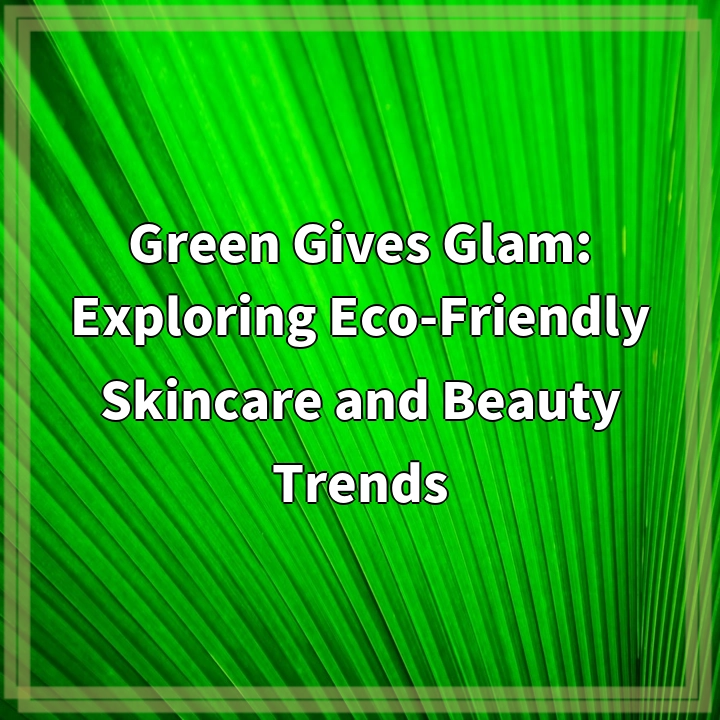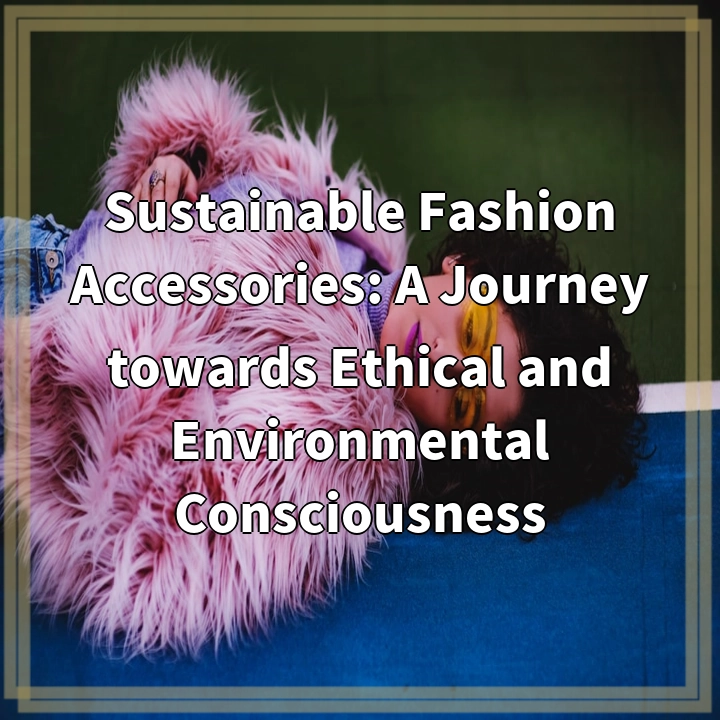
What it is:
Eco-friendly skincare and beauty is a burgeoning trend that focuses on using products and practices that are environmentally sustainable and ethical. It involves utilizing ingredients that are sourced responsibly, minimizing waste and packaging, and opting for cruelty-free and organic options. This approach to skincare and beauty aligns with the growing awareness of the impact of our choices on the planet, as well as the desire to use products that are safer for our health.
Real-World Problems:
Despite the positive intentions behind eco-friendly skincare and beauty, there are several real-world problems associated with this emerging trend. One of the major challenges is greenwashing, where companies use misleading marketing tactics to make their products appear more environmentally friendly than they actually are. This can create confusion for consumers who are genuinely trying to make sustainable choices.
Another issue is the cost and accessibility of eco-friendly skincare and beauty products. Many of these products tend to be priced higher compared to conventional options, making them less accessible to a wider audience. This can create inequality in the beauty industry, as only those with higher disposable incomes can afford to make sustainable choices.
Furthermore, there is a lack of regulation in the industry. Unlike organic food, there are no official standards or certifications for organic or eco-friendly skincare and beauty products. This makes it difficult for consumers to identify truly sustainable options and can result in greenwashing.
Additionally, limited awareness and education about eco-friendly skincare and beauty contribute to the challenge. Many consumers are not aware of the environmental and health impacts of conventional beauty products, nor do they know how to identify eco-friendly alternatives. This lack of knowledge can hinder the widespread adoption of sustainable practices in the industry.
Lastly, there is a need for more research and development in eco-friendly skincare and beauty. While there are exciting innovations happening, such as the use of biodegradable packaging materials or exploring plant-based ingredients, more investment and scientific exploration are needed to optimize these solutions and make them more widely available.
Addressing these real-world problems is crucial to ensure the growth and success of the eco-friendly skincare and beauty trend. It requires collaboration between consumers, companies, and regulators to create transparency, improve affordability, and promote education. By overcoming these challenges, the industry can truly provide eco-friendly beauty options that are accessible, authentic, and sustainable.

Solutions for Eco-Friendly Skincare and Beauty:
Addressing the real-world problems associated with eco-friendly skincare and beauty requires a collaborative effort from various stakeholders. Here are some potential solutions that can help overcome these challenges:
1. Transparency and Regulation:
Implementing stricter regulations and certifications for eco-friendly skincare and beauty products can help combat greenwashing. Clear labeling and transparent ingredient lists empower consumers to make informed choices. Additionally, establishing industry-wide standards and certifications can ensure products meet specific sustainability criteria.
2. Affordability and Accessibility:
Making sustainable skincare and beauty products more affordable and accessible will help address issues of affordability inequality. Companies can explore more cost-effective production methods and packaging solutions, allowing for competitive pricing that doesn’t compromise sustainability. Government incentives and subsidies can also support affordability and widen access to eco-friendly options.
3. Education and Awareness:
Increasing consumer education and awareness about the environmental and health impacts of conventional beauty products is crucial. This can be achieved through educational campaigns, workshops, and collaborations with influencers and experts. Providing clear information about eco-friendly alternatives and their benefits will empower consumers to make sustainable choices.
4. Research and Development:
Investing in research and development is essential for advancing sustainable practices in the skincare and beauty industry. This can involve exploring innovative ingredients, such as plant-based alternatives and biodegradable materials, as well as optimizing production processes for minimal environmental impact. Collaboration between scientists, manufacturers, and sustainability advocates can drive these advancements.
5. Consumer Activism:
Encouraging consumers to actively support and advocate for eco-friendly skincare and beauty can create a demand for sustainable products. By choosing to purchase from companies that prioritize sustainability and holding brands accountable for their claims, consumers can influence the industry towards more ethical and environmentally friendly practices.
By implementing these solutions, the eco-friendly skincare and beauty industry can grow and thrive, providing consumers with authentic, accessible, and sustainable options. Together, we can contribute to a healthier planet and a more conscious beauty industry.















